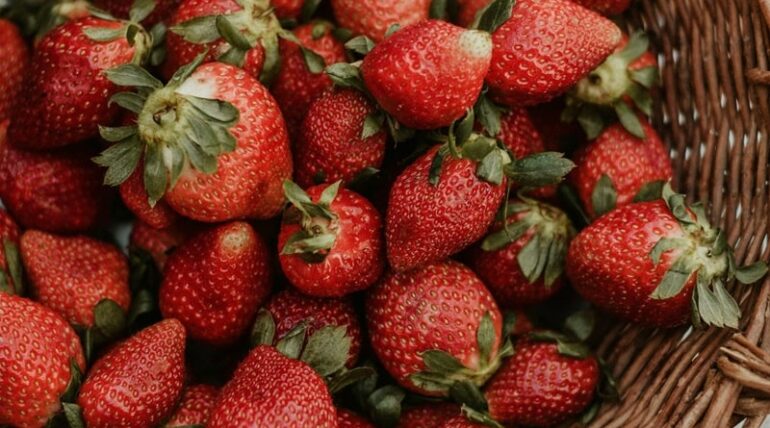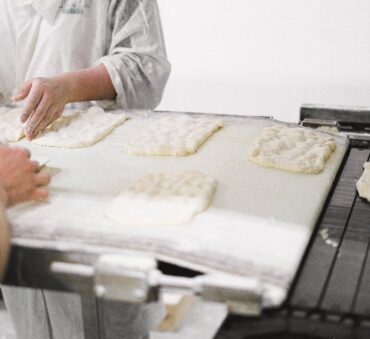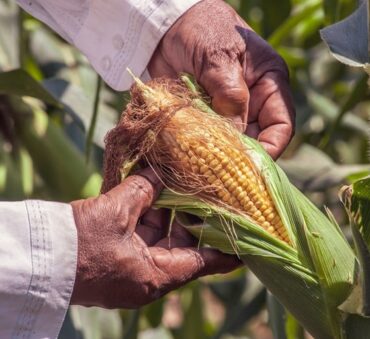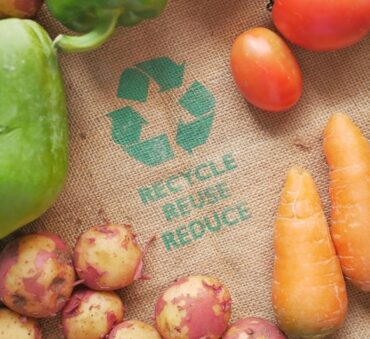We’ve all heard the saying, “You eat with your eyes first.”
This expression is a window into understanding the deep-rooted belief that the food we eat should be aesthetic. This has had significant consequences when applied to fruits and vegetables, in large part due to the huge stigma around buying and consuming ugly produce. The problem?
30-40% of the food supply in the United States is wasted, with produce being among the most wasted foods. Reducing produce food waste is a key component of broader sustainability efforts within the American food system.
To better understand the implications of ugly food waste, let’s explore food waste statistics, causes, economic and environmental impacts, and potential solutions to the problem.
Key Takeaways
- Ugly fruit food waste is produced at all levels of the supply chain, with more than 20 billion pounds of cosmetically imperfect or unharvested food wasted each year in the United States.
- Food waste has severe economic and environmental implications, such as loss of resources, increased pollution and landfill use, and the production of methane, a powerful greenhouse gas.
- Aesthetic standards for fruits and vegetables are at an all-time high, with cultural norms, marketing efforts, and retail practices all to blame.
- There are strict grading systems that enforce these aesthetic standards, meaning that fruits and vegetables that don’t meet these guidelines are either thrown out or considered a lower grade.
- There are multiple initiatives to bring awareness to this issue, such as programs that collect excess fresh foods from farms, awareness campaigns, and businesses that partner with farms to sell imperfect produce.
How Much Ugly Food Is Wasted?
Approximately 30-40 percent of food that farmers around the world produce is never consumed. There are multiple reasons behind this, with imperfect produce being a large contributor.
More than 20 billion pounds of cosmetically imperfect or unharvested food are wasted each year in the United States. But not just one source is to blame; ugly fruit food waste is produced at all levels of the supply chain.
Farmers leave up to 30% of their produce in the field because it isn’t aesthetically pleasing enough to pick and sell. At the retail level, grocery retailers throw away up to $15.4 billion of edible fruits and vegetables each year, while restaurants also discard unpleasing produce.
Does this mean that ugly produce tastes worse than cosmetic produce?
Of course not. Yet the high aesthetic standards result in millions of pounds of ugly fruit and veg waste. These standards have been shaped by both consumers and retailers, as we’ll see below.
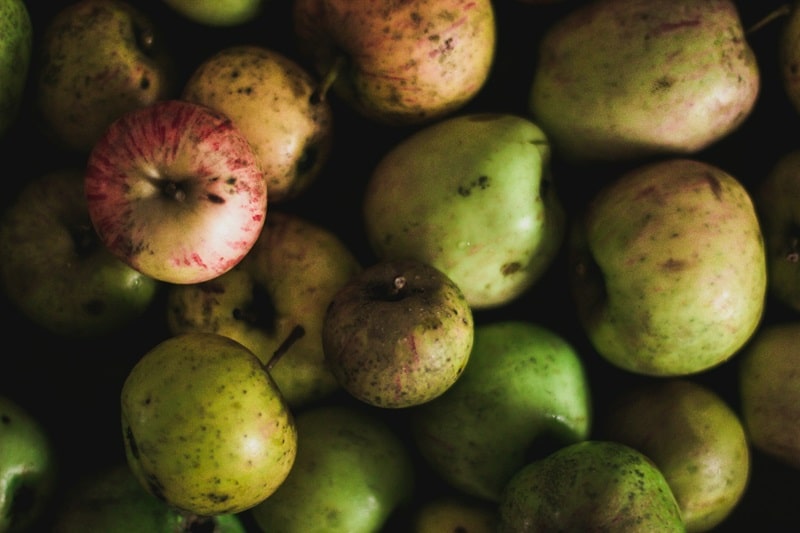
Aesthetic Standards in American Produce
Aesthetic standards for fruits and vegetables are at an all-time high, with cultural norms, marketing efforts, and retail practices all to blame. So how did this all start?
It’s hard to pinpoint the exact moment, but it’s believed that it began when societies became more industrialized. Before, consumers grew their own food or bought what was locally available. As centralized food distribution systems grew, a new emphasis was put on cosmetic produce over ugly fruits and vegetables.
As consumers, we’ve been trained to believe that blemishes or discolorations correspond with lower quality. Many of us do this without even realizing it, scouting what we consider the perfect fruit or vegetable and driving the demand for cosmetic produce.
Tasia Skochil, Director of Operations at Spudsy, says: “Consumers are unaware of there being a ‘standard’ of what produce should look like,” she says. “We assume it goes from the farm to the grocery store and all tomatoes are red, round, and perfect because that’s just how they grow; which is far from the truth.”
Many retailers and marketing efforts are to blame for this mindset. Not only are markets concerned that they’ll lose business if they sell ugly products, but they also create the expectation of perfect produce in consumers’ minds. To drive sales, retailers throw away imperfect fruits and vegetables and overstock their shelves with attractive displays and produce.
These standards are held throughout the entire supply chain—from farm to table. Consumers have certain expectations, and retailers comply with and encourage them. But what does this mean for farmers?
Many retailers reject ugly fruits and veggies, meaning the first line of action starts at the agricultural level. With pressure to grow visually appealing produce, farmers turn to excessive pesticides or go through vigorous sorting and grading processes to meet the demand, throwing out produce that isn’t accepted in the market.
Environmental and Economic Impacts
Ugly produce food waste goes far beyond only wasting food; it also wastes the resources required to grow and harvest it. Food that is ultimately lost or wasted globally consumes about a quarter of all the water used by agriculture. Agriculture also requires energy, land, and labor for planting, harvesting, transporting, and storing produce—all things that contribute to the large economic impact of food waste.
With about 40% of the food supply lost in the United States, it costs an estimated $218 billion, or 1.3% of GDP, annually. Oftentimes, farmers must bear the financial burden of unsold produce and wasted resources.
However, loss in the supply chain also means higher prices for everyone involved. To ensure profitability, farmers and retailers must raise their prices, resulting in consumers paying more for their produce. If ugly fruit and vegetables were more widely accepted by consumers, both waste and prices would decrease, making fresh produce more accessible to a larger group of people.
Aside from the economic implications, there’s a significant environmental impact of food waste. As mentioned, there’s a loss of natural resources, but there’s also pollution from food waste, a loss of biodiversity, and increased landfill use.
Even more, the decomposition of food waste in landfills produces methane, a powerful greenhouse gas that contributes to global warming. An estimated 8-10% of global greenhouse gas emissions are associated with food that is not consumed.
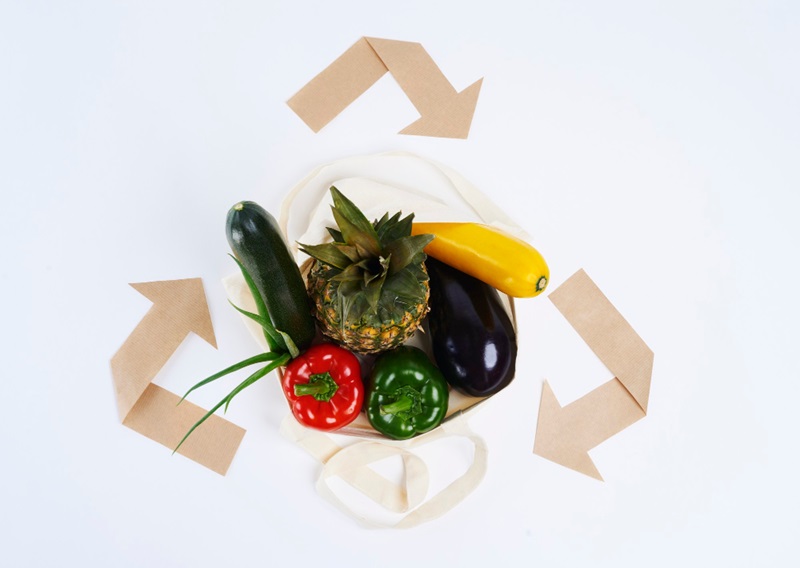
Who Wastes Ugly Food? The Roots of the Ugly Produce Problem
Food waste in the supply chain occurs at all levels, making the rejection of ugly fruits and vegetables a multifaceted issue.
In total, global food waste on farms amounts to 15.3% of the food produced globally. Agricultural waste is partly due to the practice of prioritizing the appearance of produce over taste and nutritional value. Farmers use pesticides and chemicals to obtain the right shape and size of produce, prioritizing an appearance-based grading system.
The grading systems that enforce these aesthetic standards consider color, size, shape, and blemish-free appearance. Ugly produce that doesn’t meet strict guidelines is either thrown out or considered a lower grade. If farmers don’t adhere to these standards, they risk being rejected by the market. So much so that a study done in North Carolina showed that an average of 57% of vegetables grown by farmers were edible but unutilized. This was due to the appearance not meeting the buyer’s specifications for certain markets.
But farmers are not the only ones to blame. While a lot of waste is generated at the production level, it is done so to meet strict standards that are enforced by both retailers and consumers. Retailer policies and consumer expectations lead to one giant feedback loop.
Here’s how it works: grading systems are influenced by consumer preferences, farmers prioritize appearance to have better market access, retailers throw out ugly fruits and vegetables and stock their shelves with visually appealing produce, and consumers become accustomed to having access to blemish-free produce.
Once produce reaches consumers and restaurants, it has already generated high levels of waste. However, household waste still makes up 43% of food waste, while restaurants generate an estimated 22 to 33 billion pounds of food waste annually in the United States. We should note that these statistics are not based on appearance alone and could be due to bulk purchasing, the misunderstanding of expiration dates, and poor customer forecasting, among other reasons. That said, ugly food waste continues to be generated, with consumers and businesses accustomed to throwing out produce the moment its appearance fades.
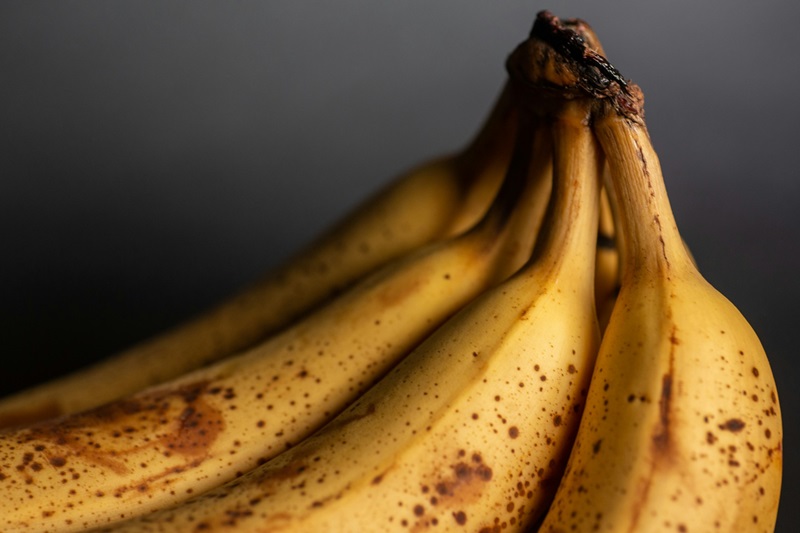
Reducing Waste of Ugly Fruit and Vegetables
There are multiple initiatives in the United States that are working to address the issue of ugly fruit food waste. Companies like Imperfect Foods are bringing awareness to the issue by selling produce that has cosmetic quirks, irregular sizes, or is produced in surplus. Imperfect Foods partners with farmers to save produce that would otherwise be thrown out, empowering individuals to use imperfect produce and donating products that are not sold.
Imperfect Foods is just one of many companies that are working to bring awareness to ugly food waste. Some companies even offer ugly produce subscription boxes to promote sustainability and provide consumers with affordable produce that may not meet traditional standards.
Farm to Food Bank Programs are also designed to reduce waste at the agricultural level. This initiative encourages food banks and non-profit organizations to partner with farms to collect and distribute surplus and ugly produce. The USDA also released Emergency Food Assistance Program Farm to Food Bank Project Grants to support these efforts, strengthening the link between agricultural producers and food assistance programs.
Gleaning programs also focus on collecting excess fresh foods from farms, gardens, farmers markets, grocers, restaurants, or any other source that may have a surplus. This produce is then distributed to food banks and organizations to support those in need.
These efforts work to reduce food waste by changing the perception of what is considered acceptable to eat, thereby influencing both supply and demand. There are multiple initiatives to educate consumers, such as campaigns that inform consumers of the impact of food waste and partnerships to promote the sale of imperfect produce. Overall, the more ugly fruit and vegetables that make it to the market, the more consumers start normalizing them.
The Bottom Line
Ugly produce food waste must be addressed at all stages of the supply chain. Recent initiatives have helped educate consumers about food waste and what efforts can be made to reduce it, but more efforts are required to change both retailers’ and consumers’ perspectives on the appearance of produce.
Shapiro has comprehensive commercial food waste recycling solutions for businesses looking for sustainable solution. Our services cater to different businesses and industries, working to reduce waste, raise awareness, and find sustainable solutions that make a difference.
Contact Shapiro to learn more about our waste management services.
Baily Ramsey, an accomplished marketing specialist, brings a unique blend of anthropological insight and marketing finesse to the digital landscape. Specializing in educational content creation, she creates content for various industries, with a particular interest in environmental initiatives.
